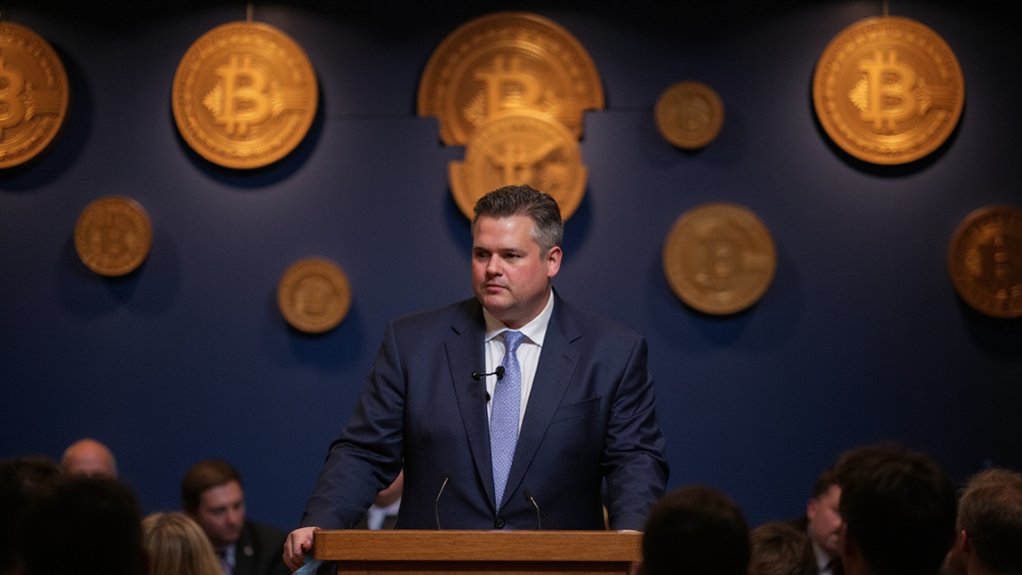After years of regulatory hand-wringing and congressional theater, the Senate has finally managed to pass meaningful cryptocurrency legislation—a feat roughly as rare as finding bipartisan agreement on anything these days.
The GENIUS Act sailed through with a 68-30 vote on June 17, 2025, establishing the first thorough federal framework for fiat-backed stablecoins and marking crypto’s legislative debut in either chamber. This achievement represents a remarkable turnaround from the cloture vote failure that occurred just weeks earlier in May 2025.
The timing couldn’t be more apropos, considering stablecoins now represent over 60% of cryptocurrency transaction volume (up from a mere 35% two years ago).
With more than 90% of these digital assets pegged to the dollar, Congress apparently decided it was time to assert some authority over what has become a parallel payment system operating largely beyond traditional oversight. These digital assets serve as cryptocurrencies designed to maintain price stability by being pegged to fiat currencies, distinguishing them from volatile cryptocurrencies like Bitcoin.
The legislation implements a dual licensing regime that marries federal supervision with state flexibility—a bureaucratic dance that requires stablecoin issuers to navigate both OCC and Federal Reserve oversight while maintaining state compliance.
Issuers managing $50 billion or more must submit to annual audits and disclose affiliated transactions, because nothing says “innovation” quite like mandatory paperwork. The framework requires monthly audits and public disclosure of reserves for all stablecoin issuers to ensure transparency.
Perhaps most tellingly, the bill explicitly prohibits tech giants like Meta and Amazon from issuing stablecoins unless they meet stringent risk and privacy criteria.
One can only imagine the collective sigh of relief from traditional banking institutions, who suddenly find themselves with a regulatory moat protecting their payment processing dominance.
The legislation addresses legitimate concerns about illicit activity—despite 99% of stablecoin transactions being legitimate, their speed and liquidity make them attractive for ransomware, fraud, and terrorism financing.
The Treasury’s T3 Financial Crime Unit has already seized over $200 million in 2025, demonstrating enforcement capabilities that extend beyond regulatory posturing.
Congressional ethics provisions add an amusing touch, prohibiting lawmakers and special government employees from profiting from their own stablecoin ventures while requiring disclosure of holdings exceeding $5,000.
Because apparently we needed explicit rules preventing legislators from literally printing their own money.
The bill now heads to the House, where over 100 proposed amendments suggest the legislative journey is far from over.
Still, Senate passage represents a watershed moment for an industry that has long operated in regulatory limbo.









